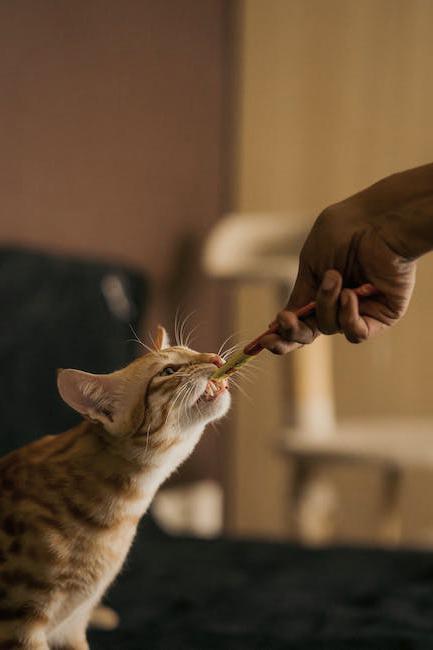Aggression in pets can be a difficult and dangerous problem to deal with. As a pet owner, it’s important to understand the signs of aggression and develop strategies to keep your pet safe and your family secure. This guide will provide the latest information on how to handle aggression in pets, and offer advice on how to prevent aggressive behavior in the first place.
1. Recognizing Aggressive Behavior in Your Pet
Aggressive behavior in pets can vary from mild to severe, but all forms should be taken seriously. Common signs of aggression in pets include growling, barking, snapping, and lunging at people or other animals. Some pets may also become physically aggressive, attacking people or other animals.
2. Understanding the Causes of Aggression
Aggression in pets can be caused by a variety of factors, including fear, pain, and frustration. Pets may also become aggressive if they feel threatened or if they are protecting their territory. It’s important to understand the underlying causes of your pet’s aggression, as this will help you to effectively manage their behavior.

3. Developing an Effective Training Plan

A key part of managing aggressive behavior in pets is developing an effective training plan. This should focus on teaching your pet the desired behaviors and reinforcing these behaviors through positive reinforcement. Training should be conducted in small, manageable steps to ensure that your pet feels comfortable and secure.
4. Ensuring Your Pet’s Safety

When dealing with aggressive behavior in pets, safety should be your top priority. Make sure that your pet is securely contained when they are not supervised, as this will reduce the risk of them attacking people or other animals. If your pet does become aggressive, make sure to remove them from the situation immediately and seek professional help.

5. Seeking Professional Help

If you are having trouble managing your pet’s aggression, it’s important to seek professional help. A qualified behaviorist can assess your pet’s behavior and develop an effective training plan to address the underlying causes of their aggression. It’s important to be patient and consistent when working with your pet, as this will help to ensure that they develop the desired behaviors.

By following these steps, you can effectively manage aggression in your pet and ensure their safety and the safety of those around them. With patience and consistency, your pet can learn to behave in a safe and appropriate manner.
